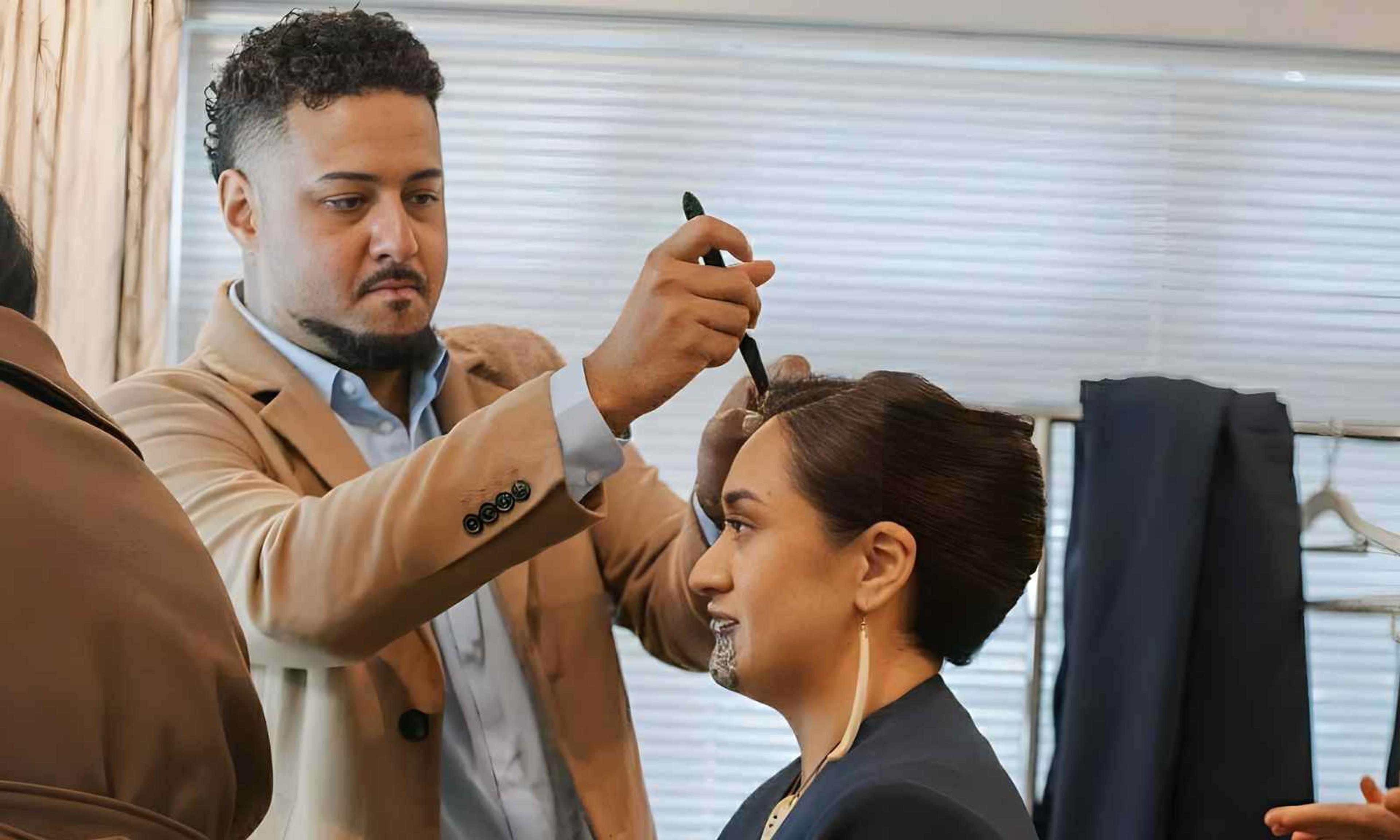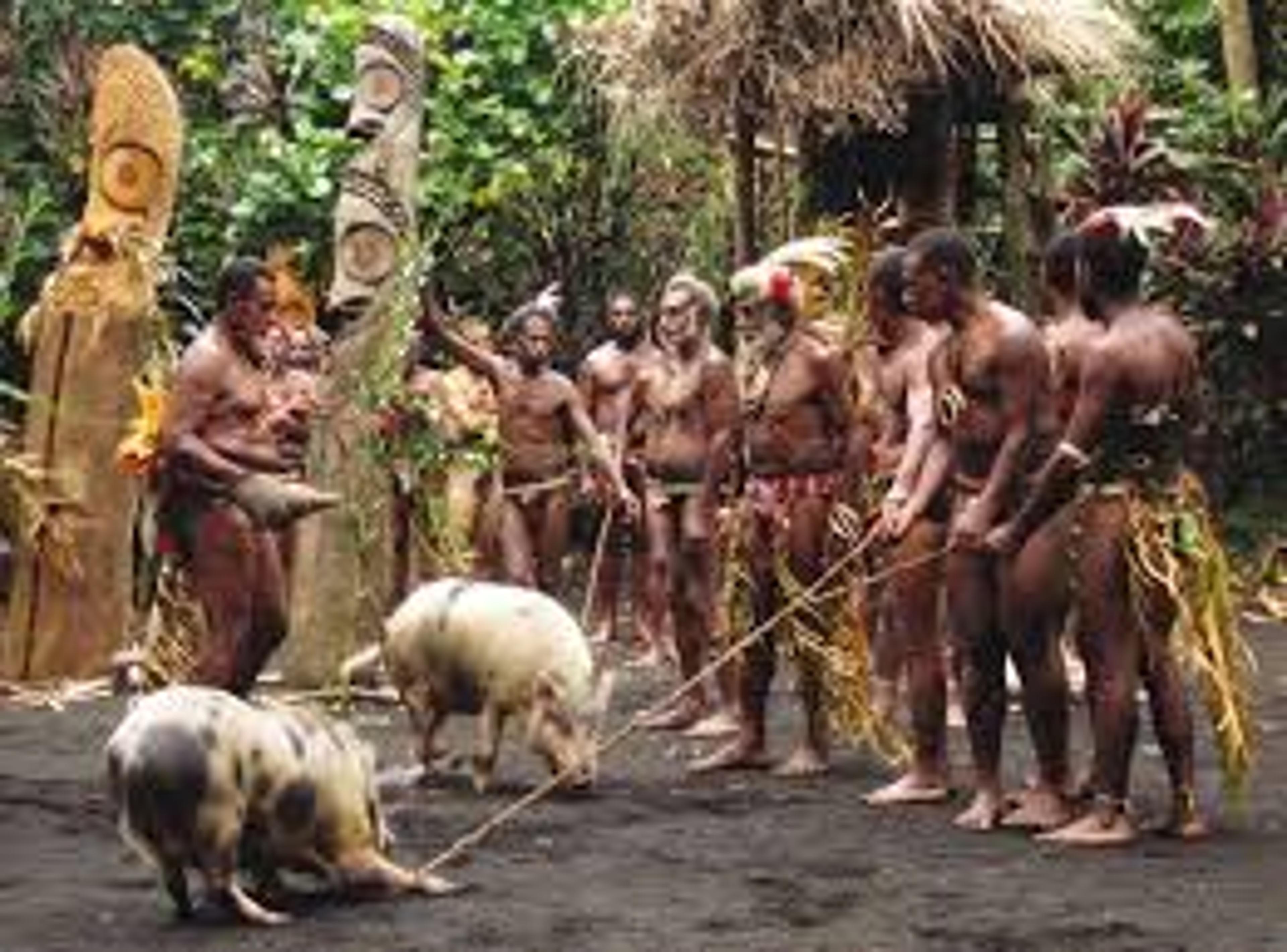

Cook Islands bilingual unit students and teachers at Māngere East Primary School.
PMN News/Candice Ama.
‘Bilingual brains are best’: Students celebrate cultural diversity
As part of Cook Islands Language Week, Māngere East Primary is adding te reo Kūki ʻĀirani to their bilingual units at the school.



Pacific Warned: Global powers will act if island nations remain weak

From the friendly isles to Koroneihana: The Tongan hairstylist trusted with a Queen

Ancient DNA shows how Pasifika carried pigs across the ocean


Two seasonal workers found dead at Bay of Plenty orchard

Pacific Warned: Global powers will act if island nations remain weak

From the friendly isles to Koroneihana: The Tongan hairstylist trusted with a Queen

Ancient DNA shows how Pasifika carried pigs across the ocean
A primary school in South Auckland is championing cultural identity during Cook Islands Language Week.
Māngere East Primary School opened'Epetoma ō te reo Māori Kūki 'Āirani with a cultural performance from students in their Rotoi'anga o Te Reo Kūki 'Āirani (Cook Islands Bilingual Unit).
Rotoi’anga team lead Rimana Jailebdeen says the school is “blessed” to celebrate Cook Islands Language Week with its bilingual students.
“We’re blessed to have our unit. It’s been a long time coming and a lot of hard work. We know there was a need in the community, we did our part last year, went out and met everybody.
“With that, the creation of the ‘Rotoi’anga’ came into fruition.”

Cook Islands Language Week launch at Māngere East Primary School. Photo/PMN News
The unit was opened in January this year, becoming the fourth Pacific nation to have its own bilingual unit at the school. The class started off with 22 students, and five months later, has grown to 52.
Jailebdeen said there was a need to support students of Cook Islands heritage at the school, and the bilingual unit was launched because of that.
“We know there is a need because when we have our Cook Island Language Week, our Papas and Mamas, our children want to learn. Not just to sing or dance, but to learn the reo.
“So revitalising the reo through song, through dance, through simple greetomg, it’s one step. It’s like a building block, we’re slowly building and we know to them their culture and identity is important.”
Māngere East Primary School Principal Stephanie Anich said cultural identity was an important factor for their students’ learning experience.
“We really reassure our whanau that bilingual brains are best. What they do, all that processing in their brains working in two or more languages is really effective for them.
“Learning about themselves, making sure their language and culture isn’t lost, they’re cognitive which really sets them up well for the future.”
Anich said the school has a long history of supporting Pacific languages, as they opened a Samoan bilingual unit more than 25 years ago.
Te Reo Kūki 'Āirani joins Te Reo Māori, Gagana Samoa and Lea Faka-Tonga as the four dedicated bilingual units at the school.
Anich said supporting diversity’s important.
“You can see through that Cook Island opening, even though it’s a Cook Island focus the whole school was there to support.
“Recognising the diversity, that we’re not all separate we’re interconnected, that’s what I really like.
“I think the most important thing is that they're learning their language, and their heritage. It doesn’t get lost in New Zealand.”

Photo/PMN News.